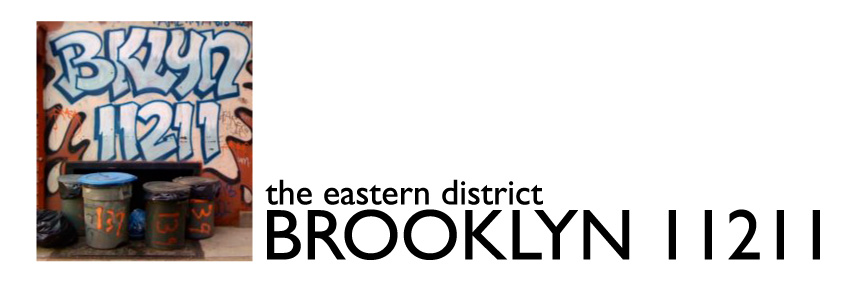Condo owners at 59, 61 and 63 Conselyea St. said they have been fined for placing trash enclosures on the sidewalk without a permit since they have no other spot to place their garbage… “[We] have no common area to put trash … The city has no code requiring developers to actually build a garbage room.”
The amount of garbage (literal and figural) that litters the sidewalks in front of new developments is ridiculous. In an effort to squeeze out every square inch of sellable floor area, developers are putting trash cages and mailboxes in the public way, or worse, just not providing any accommodation for trash, and the city seems just fine with it.
[The headline of the DNA article blames the architect, but this is driven by developer greed, facilitated by the architects.]
